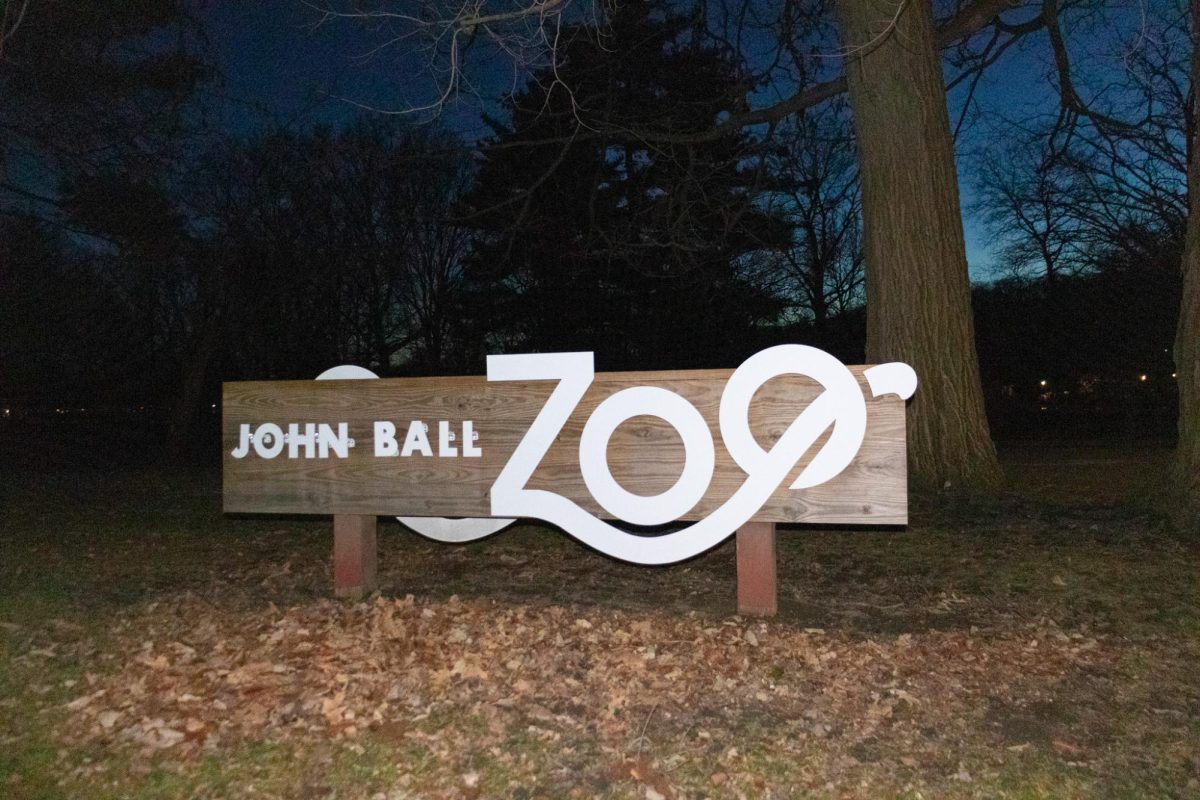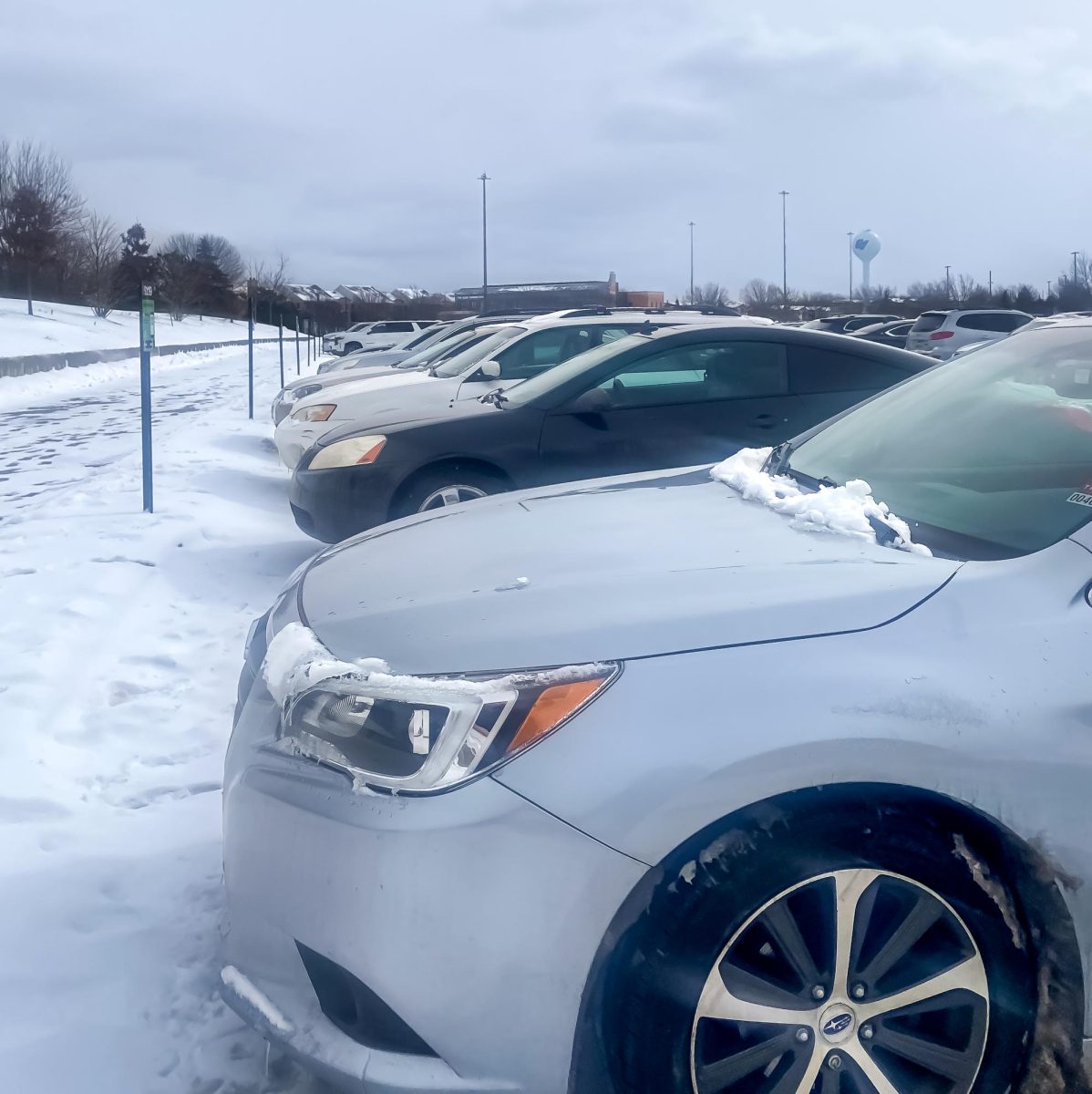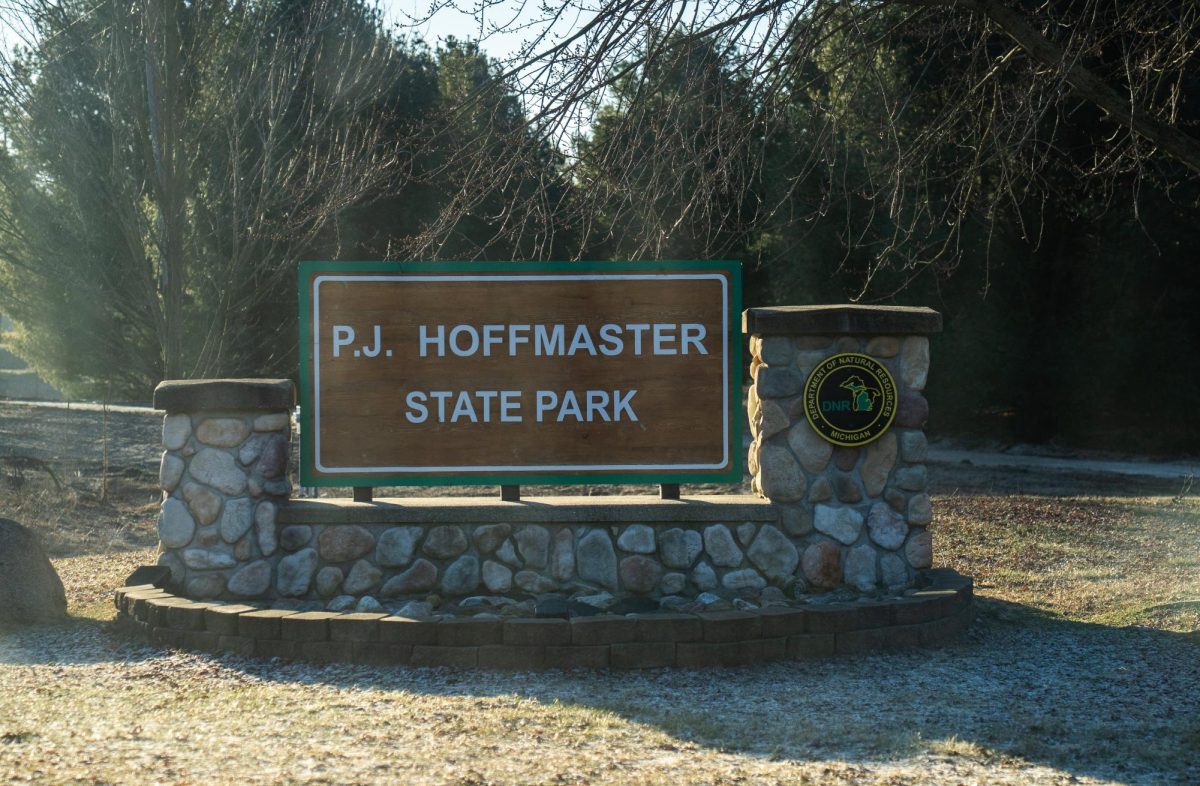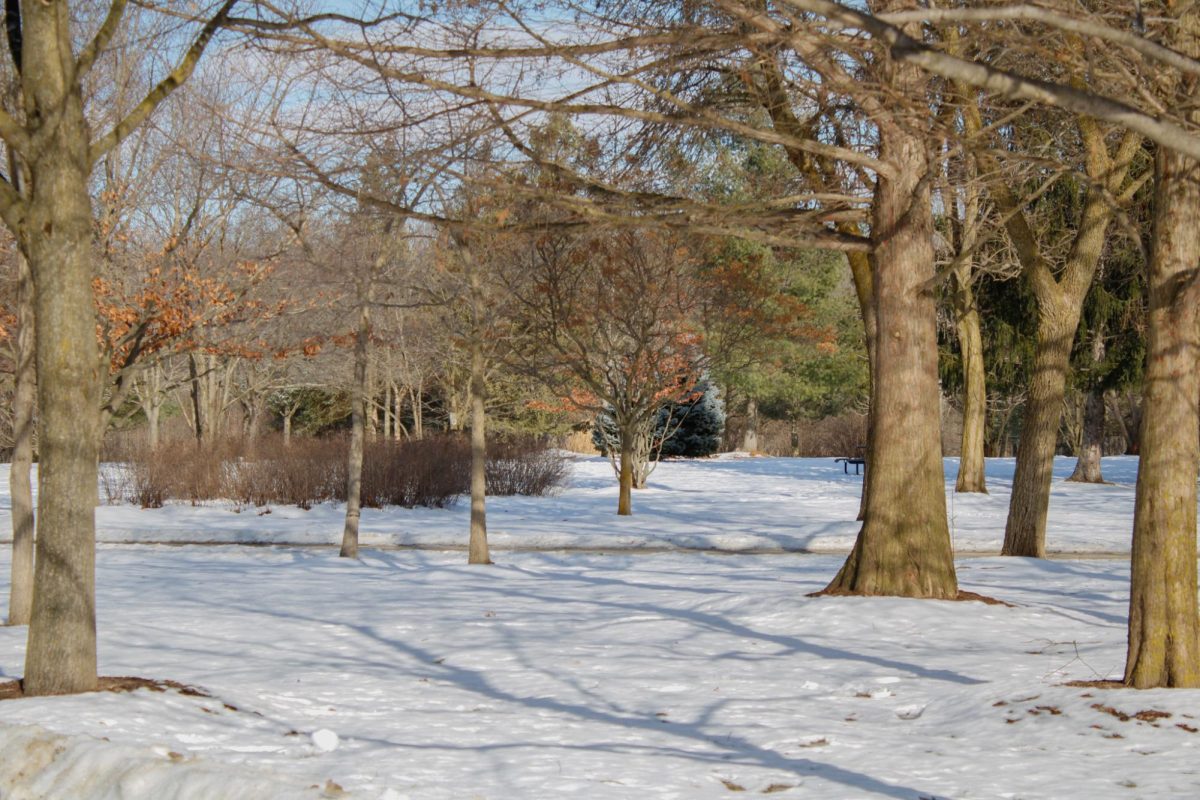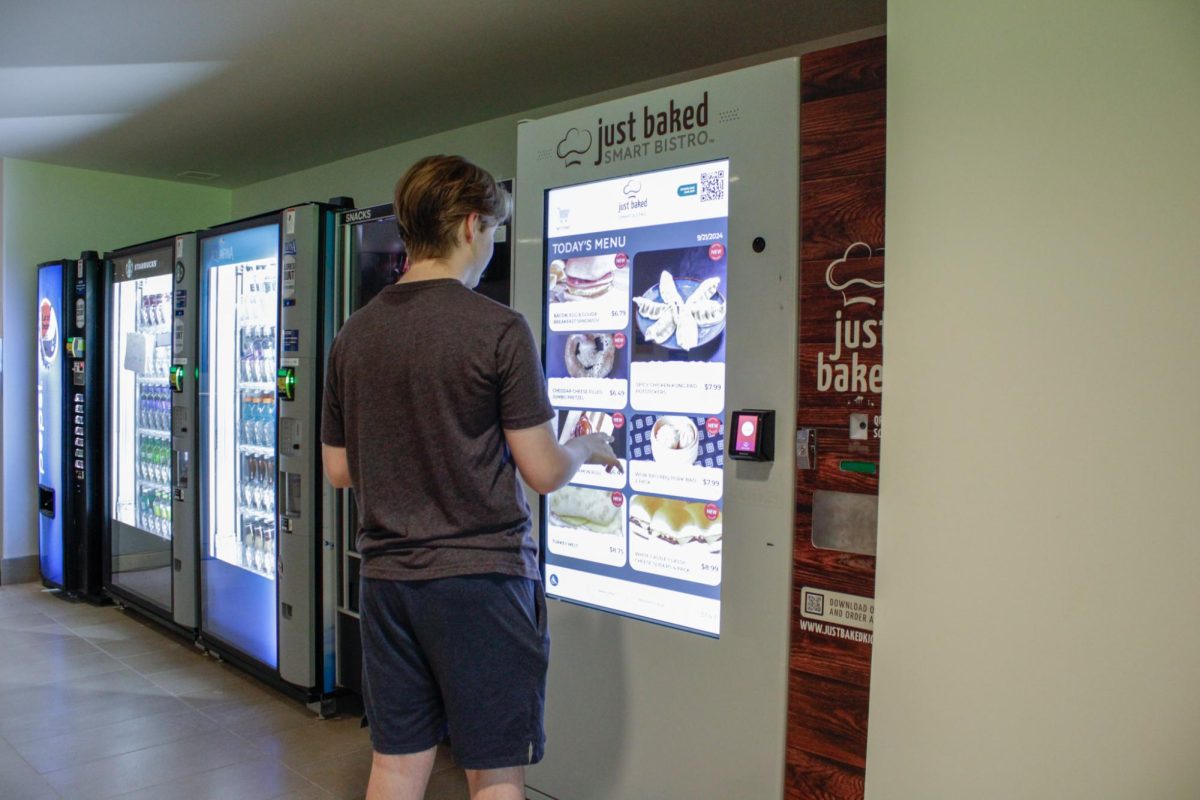Story Revision 2/9- Although the greenspace next to the John Ball Zoo is not owned by the zoo, many locals continue to refer to the space as “John Ball Park,” though the space has been owned by Kent County since 1989.
The statement was originally attributed to Sydney Smith, John Ball Zoo Communications Strategist, and was information from the John Ball Zoo as a whole.
Additionally, the original article referred to “John Ball Zoo’s mission statement,” but the information about community collaboration was instead part of the conversations around the 2023 Amendment to the master plan.
On Thursday, Jan. 25, the Kent County Board of Commissioners approved a proposal by John Ball Zoo that would add 900 new parking spaces to its parking lot. This expansion would mean the green space surrounding the zoo, known as John Ball Park, would be paved over. The zoo’s 110-acre green space has been used as a neighborhood park for outdoor recreation since it opened in 1891.
John Ball Zoo’s expansion plan includes constructing a road and several new parking spaces that would extend over the park. It’s estimated the expansion will cost $10 million to $11 million and will be completed within the next two years.
A revised expansion plan was presented to the Board and has a focus on eco-friendliness. The proposal by John Ball Zoo is being reviewed to reduce parking from 12 acres to 10 while preserving as many trees as possible. If approved, the revised plan would also ensure the hillside trails surrounding the zoo will be maintained.
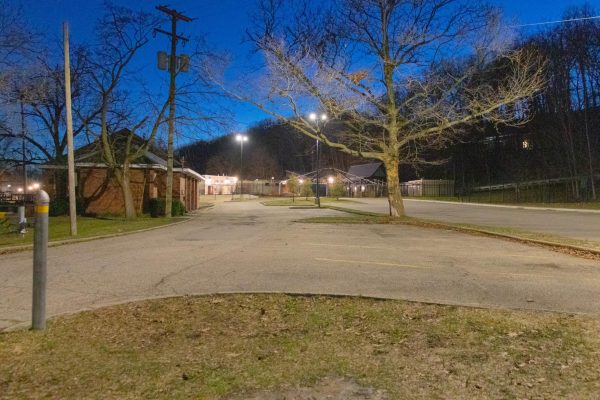
“The 2023 Amendment includes protections for existing wildlife and the environment through the incorporation of pollinator gardens, trees, rain gardens, grass fields and usable green space. The zoo is currently in the planning and design stages of the project and is exploring the possibility of including solar lighting, electric car charging stations and other green infrastructure,” said Sydney Smith, John Ball Zoo Communications Strategist.
CEO of John Ball Zoo Peter D’Arienzo and County Commissioner Ben Greene support the proposal on the basis that the zoo is growing and needs to accommodate increasing visitation. John Ball Zoo’s parking system hasn’t been expanded since 1963, even though the number of visitors has steadily increased over the years. An estimated 50,000 additional visitors will come to the zoo in 2024, adding to its 700,000 visitor average.
There has been some pushback from county residents and environmental activists. Residents have been protesting the parking lot expansion since 2015 when the proposal was initially approved with a plan that included paving over the park. After the plan went public, the “Save John Ball Park” slogan was created, which residents used to urge the board to reject the request. Some of the “Save John Ball Park” group’s efforts include creating petitions, producing Save John Ball Park T-shirts and proposing alternative parking locations to the Board of Commissioners. However, 11 out of 17 county commissioners approved the expansion despite the group’s efforts.
When discussion arose over the 2023 parking plan, the Save John Ball issued a petition saying, “It is unacceptable to make changes that impact our neighborhood so significantly without meaningfully engaging with us.”
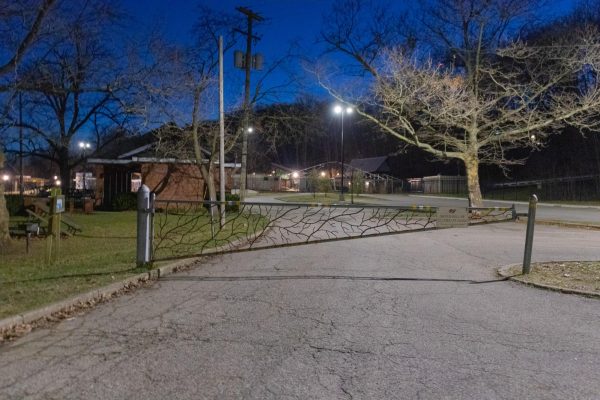
The Save John Ball Park group had requested a district designation from the City of Grand Rapids in order to preserve the green space surrounding the zoo. The petition currently has 1,321 out of 2,000 signatures against the expansion.
“There is no shortage of surface parking lots in Grand Rapids and in our neighborhood,” said Amy Hinman, a member of the Save John Ball Park group.
John Ball Zoo’s mission statement highlights community engagement, saying, “We’ve engaged with our community through a series of public workshops and meetings since 2018.” As a result of community conversations, the zoo created the “revised 2023 plan that improves the park to meet the needs of the westside neighborhood while serving Kent County as a whole.”
Amy McFarland, Global Studies professor at Grand Valley State University, feels John Ball Zoo is making efforts consistent with their environmental principles.
“John Ball Zoo can work to balance the need to expand with the environment by implementing other projects that will help manage negative impacts,” McFarland said. “They have already done much of this work over the years, especially with the recent installation of a living building with their pygmy hippo habitat, and it is likely they have plans in place to do so.”




